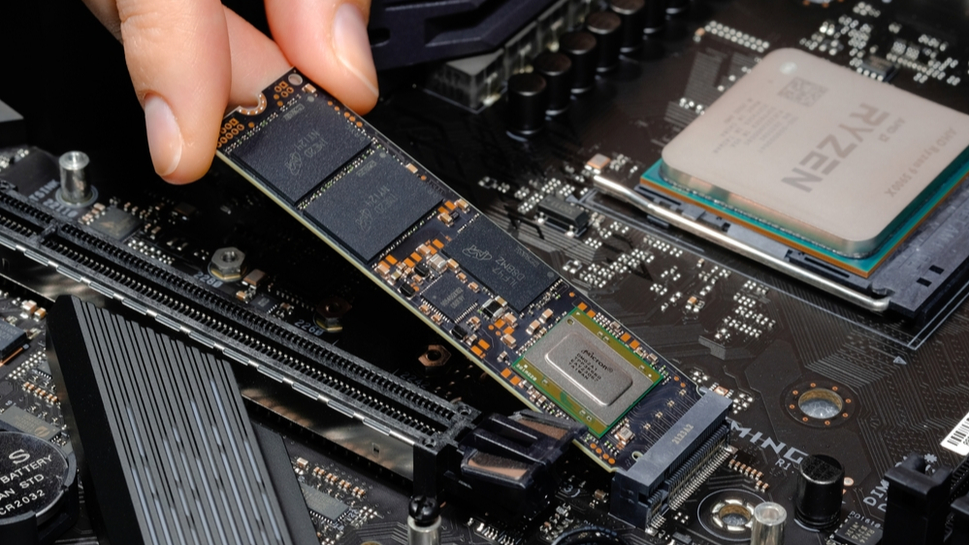
If you've ever asked "what is an SSD?", or wondered how it is different than a traditional hard drive, you're not alone.
Most people understand that an SSD is a storage device for a computer that keeps hold of all your programs, files, and whatever else you have on your computer, but not all storage is the same. Even the best cheap SSD will give you next-level performance over the best hard drive, while the best SSD overall will provide load times that older PCs could only dream of.
So what is an SSD then? How is it different from traditional hard drives, and how do they work? And most of all, is an SSD the right storage solution for you, and if so which one?
Fortunately, we've tested so many SSDs over the years that you'd think we were starting a collection, but we've learned all you need to know about an SSD in the process, and we're here to help you make sense of this vital PC and laptop component so you can make the right choice when shopping for an upgrade or even your next PC.
What is an SSD: Your computer's storage explained
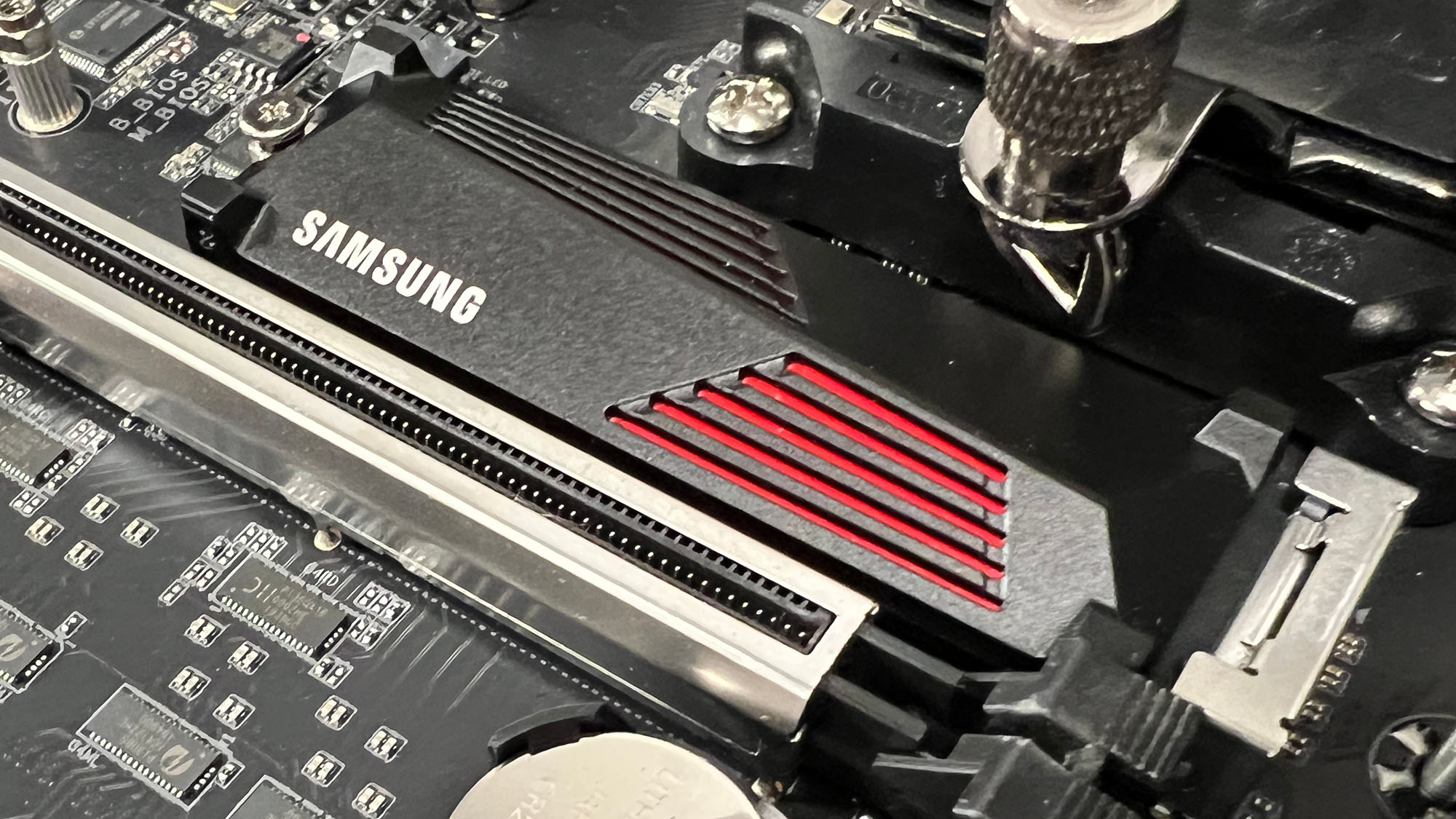
What is an SSD?
An SSD (Solid State Drive) is a storage device similar to a more traditional hard drive, but it differs from an HDD both in technology and performance. While the best SSD and best hard drives both store data effectively, they have distinct differences in how they store and retrieve that data, with an SSD being much faster and more stable than a traditional HDD.
An SSD uses small memory chips called flash memory to store data. Flash memory is non-volatile memory, which means that it retains data even when it isn’t being powered. This means that unlike a traditional hard drive, an SSD has no moving parts.
The absence of moving parts allows an SSD to have much faster read and write speeds compared to traditional hard drives, resulting in improved overall system performance, faster OS boot times, quicker file transfers, and faster loading times for software and games.
An SSD also has a smaller footprint compared to bulkier hard drives, making them more suitable for laptops and ultrabooks, where space is at a premium. What’s more, they generate less heat and consume less power, contributing to better energy efficiency and battery life, both important features of the best laptops.
How does an SSD work?
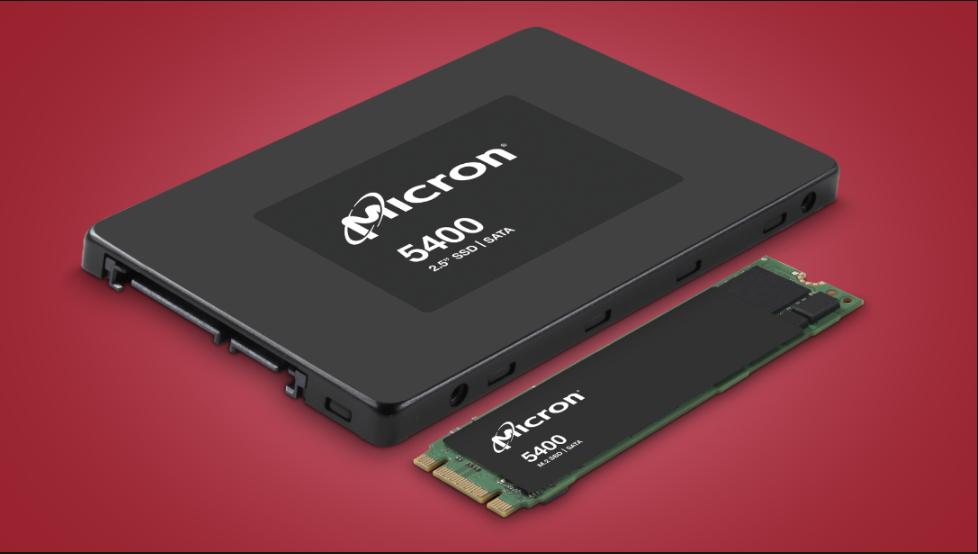
How does an SSD work?
An SSD is a storage device that uses a technology called flash memory to store data. Unlike traditional hard drives that rely on spinning discs and mechanical arms, SSDs are entirely electronic and have no moving parts.
The key component of an SSD is its flash memory, which is a type of memory called non-volatile, which means it can retain stored data without being powered. This allows it to hold an electrical charge in special cells that are organized into pages, and the pages are grouped into blocks.
When accessing data in an SSD, the controller within the SSD sends electronic signals to the appropriate memory cells. To read data, the controller determines the specific memory cells that contain the requested information and measures the electrical charge in those cells. A high charge represents a binary value of "1," while a low charge represents "0."
When you save or write data to an SSD, the controller prepares the memory cells by erasing them. A feature of a flash memory cell is that it cannot overwrite existing data directly, the entire block of memory cells must be erased together. Then, new data can be written to the newly cleared cells.
Flash memory cells have a limited lifespan in terms of the number of times they can be erased and rewritten, so SSDs employ a technique called 'wear leveling' to ensure that data is evenly distributed across all available memory cells, preventing excessive wear on specific cells. This helps prolong the overall lifespan and endurance of the SSD.
The controller is a crucial component within an SSD. It acts as the 'brain' of the drive, managing data storage, retrieval, and overall performance. The controller also handles error correction, garbage collection (cleaning up invalid or deleted data), and various algorithms that optimize data placement and improve read and write speeds.
SSDs connect to the computer through various interfaces, such as SATA (Serial ATA) or PCIe (Peripheral Component Interconnect Express). These interfaces enable the transfer of data between the SSD and the computer's motherboard. PCIe interfaces generally offer higher data transfer rates and are commonly used in high-performance SSDs.
What are the disadvantages of an SSD?
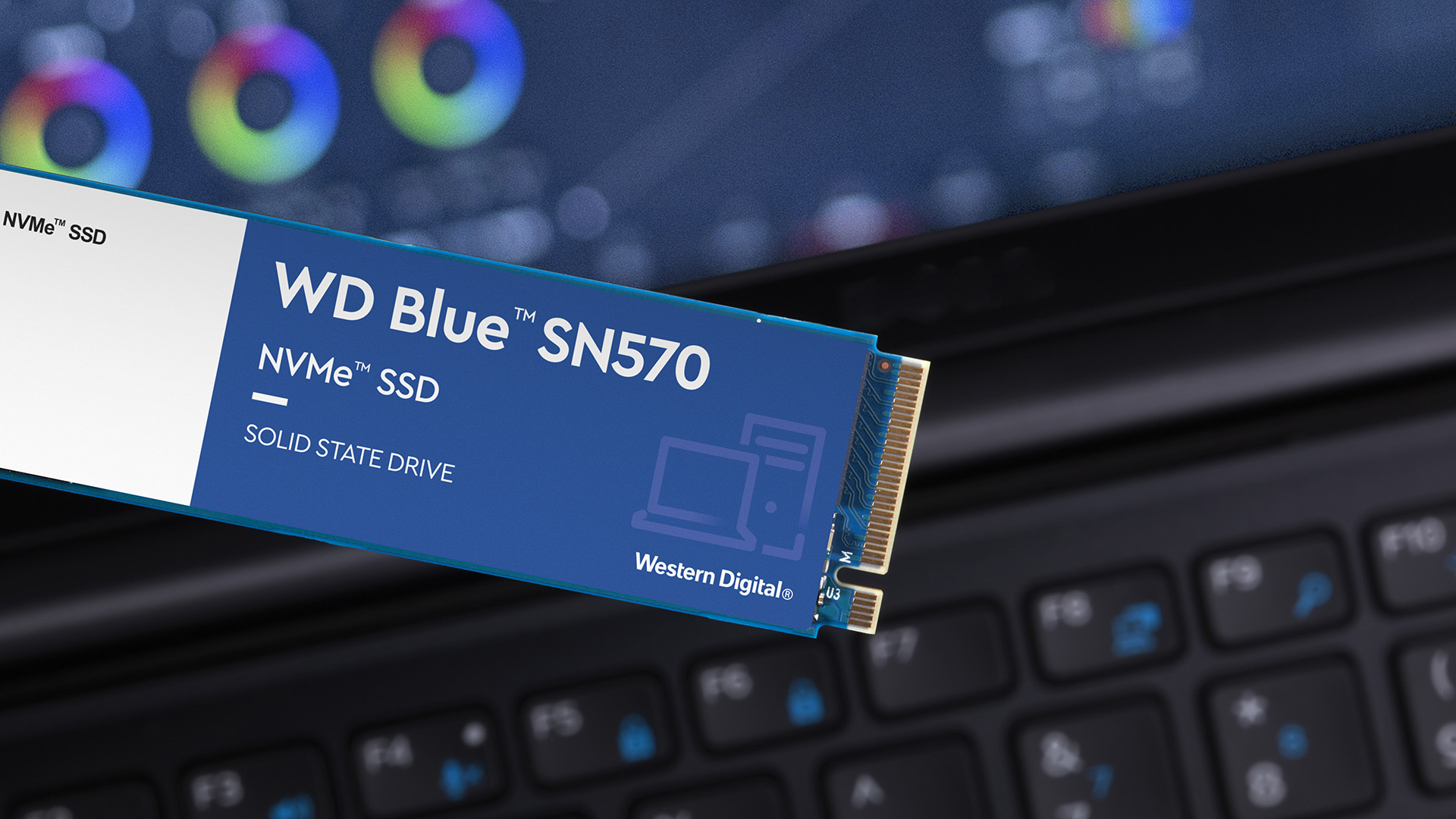
What are the disadvantages of an SSD?
While SSDs offer numerous advantages over traditional hard drives, they also have a few disadvantages as well.
SSDs are generally more expensive than HDDs in terms of cost per storage capacity. While the prices of SSDs have been decreasing over time, they still tend to be more costly when compared to HDDs, especially for higher storage capacities.
In addition, each memory cell in an SSD has a finite number of times it can be written to or erased, known as program-erase (P/E) cycles. While modern SSDs have significantly improved in this regard, they still have a limited lifespan compared to HDDs — though, with normal consumer usage, the lifespan of an SSD is typically several years or more.
SSDs also have a limitation on the number of write operations they can sustain before individual cells begin to degrade, known as write endurance. Although newer SSDs implement technologies to mitigate this, it is still a consideration for SSD usage in certain scenarios involving intensive and continuous writing, such as high-endurance enterprise workloads or specific professional applications.
Possibly the biggest issue is an SSD’s limited recovery potential. In case of data loss or drive failure, recovering data from an SSD can be much more challenging than an HDD. Due to the complex structure and technology of SSDs, data recovery options may be more limited and potentially more expensive, if they are available at all.
What types of SSD are there?
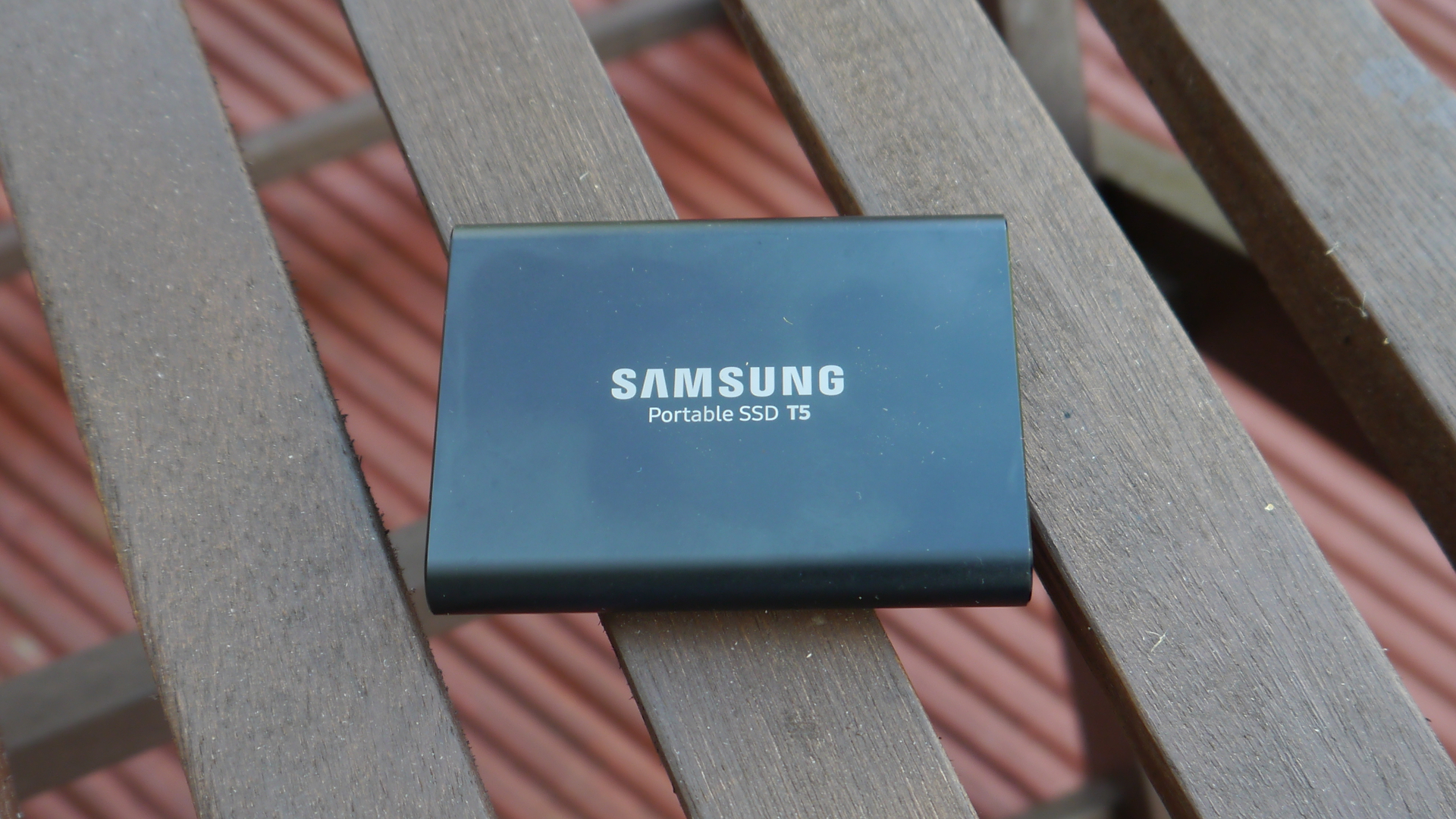
What types of SSD are there?
There are several types of SSDs available in the market, catering to different usage scenarios and interface standards.
SATA SSDs are the most widely used type of SSDs. They connect to the computer using the SATA interface, which is commonly found in laptops and desktops. SATA SSDs have a limited data transfer rate compared to other types of SSDs, typically ranging from 500 MB/s to 600 MB/s.
PCIe SSDs connect via your motherboard's PCIe interface, which provides faster data transfer rates compared to SATA. PCIe SSDs utilize the high-speed lanes of the PCIe bus, enabling significantly faster performance. PCIe SSDs can achieve data transfer rates in the gigabytes per second (GB/s) range, offering a substantial performance boost.
NVMe (Non-Volatile Memory Express) is an interface protocol designed specifically for SSDs to take full advantage of the speed and parallelism of modern NAND flash memory. NVMe SSDs connect through the PCIe bus and provide even faster performance compared to traditional SATA and PCIe SSDs, and can achieve significantly higher data transfer rates, typically up to 7,000 MB/s or more.
M.2 is a small form factor and versatile interface used for SSDs in compact devices like laptops and ultrabooks, but increasingly in modern motherboards as well. They come in different lengths and widths, with varying performance capabilities. M.2 SSDs offer a space-saving solution and can be easily installed on M.2 slots on the motherboard.
External SSDs are portable storage devices that connect to computers or other devices via USB or Thunderbolt interfaces. They provide the convenience of external storage with the speed and reliability of SSD technology. The best portable SSDs are popular for backup, file transfer, and portable storage needs.
Which SSD is right for my needs?
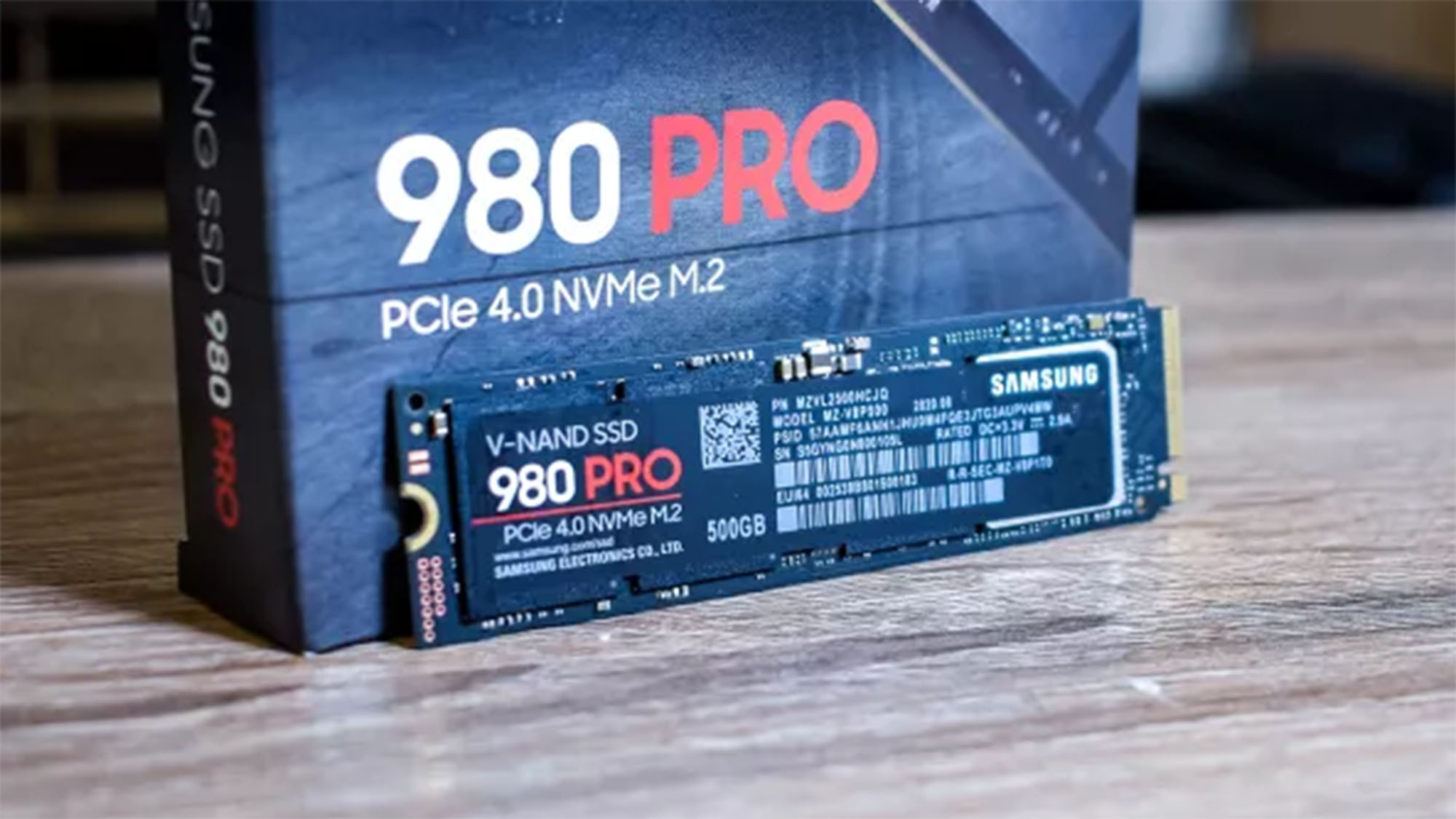
Which SSD is right for my needs?
Choosing the right SSD for your needs and budget is an important decision. Here are some things to consider as you compare different options.
Performance: If you require high-speed storage for tasks like gaming, video editing, or professional workloads, consider NVMe SSDs or PCIe SSDs. These SSDs offer the fastest data transfer rates and low latency, providing optimal performance for demanding applications.
Capacity: SSDs are available in various capacities, ranging from smaller sizes like 128GB or 256GB to larger sizes like 1TB, 2TB, or even higher. Consider your current and future storage needs to choose an SSD with adequate capacity.
Form Factor: Consider the form factor that is compatible with your device. If you have a desktop computer, traditional 2.5-inch SATA SSDs or M.2 SSDs may be suitable. For laptops or ultrabooks, M.2 SSDs are often preferred due to their compact size.
Interface: Check the interface compatibility of your device. SATA SSDs are widely compatible with most laptops and desktops that have SATA ports. If your device supports PCIe or NVMe interfaces, consider PCIe or NVMe SSDs for faster performance.
Budget: Determine your budget for the SSD. NVMe SSDs and PCIe SSDs generally tend to be more expensive compared to SATA SSDs.
Specific Use Cases: If you have specific use cases, consider SSDs optimized for those scenarios, like SSDs designed for gaming that offer faster load times, or SSDs intended for enterprise use with additional features like power-loss protection or higher write endurance.







